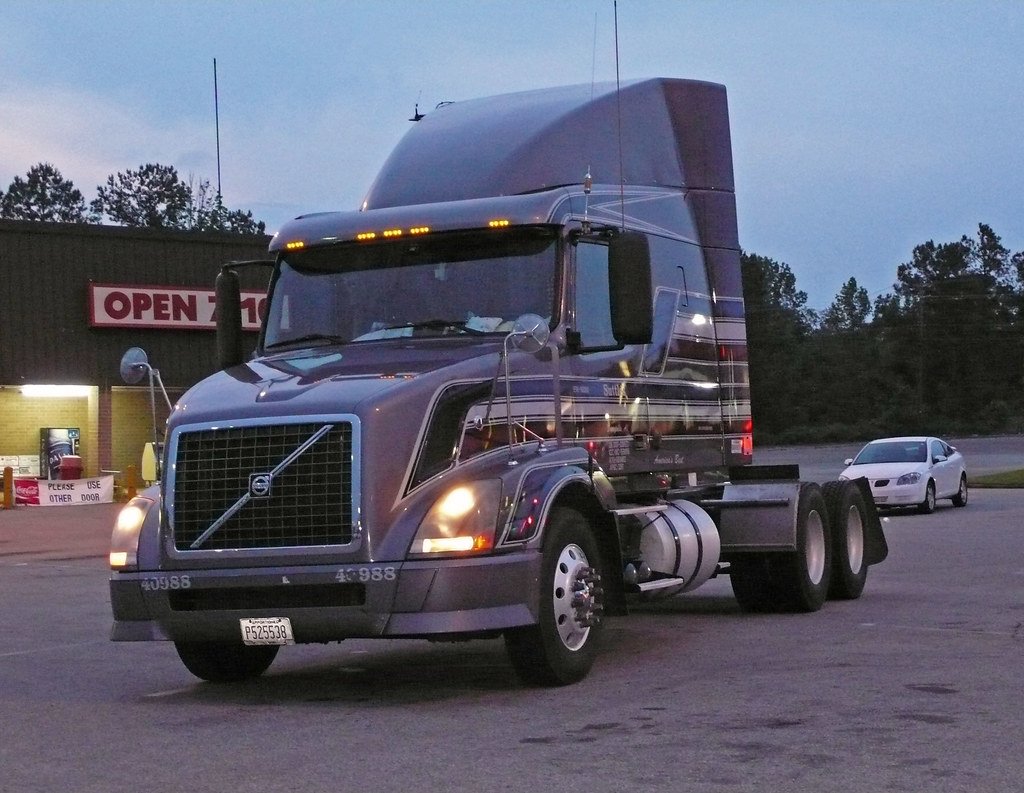Ever Get Hit with a Surprise Freight Bill?
Picture this: You’ve shipped a pallet of goods, everything seemed fine—until you receive a bill that’s way higher than expected. What happened? Likely, the NMFC classification on your bill of lading didn’t match what the carrier determined.
In the world of less-than-truckload (LTL) shipping, accurate NMFC classification isn’t just a best practice—it’s essential to protecting your bottom line. Misclassification can lead to unexpected charges, shipment delays, and headaches you definitely didn’t budget for.
Let’s break down what NMFC classification is, why it matters so much, and how to get it right every time.
What Is NMFC Classification?
NMFC stands for National Motor Freight Classification, a system created by the National Motor Freight Traffic Association (NMFTA). It standardizes how freight is categorized and priced in the LTL industry.
Each product is assigned a four-digit NMFC code and a corresponding freight class (ranging from Class 50 to Class 500), based on factors like:
- Density (weight per cubic foot)
- Stowability
- Handling
- Liability (e.g., fragility, value)
The goal? Create a level playing field for shippers and carriers and simplify the pricing structure for LTL freight.
Why Accurate Classification Matters
Incorrect NMFC classification might seem like a small oversight, but it has big consequences. Here’s why precision is critical:
1. Avoid Reclass Fees
If a carrier inspects your freight and finds that it’s been misclassified, they’ll reclass it—and charge you for the difference. Reclass fees can be significant, especially if the proper class is higher than the one you used.
2. Ensure Proper Pricing
Freight class directly affects your shipping rate. Accurately classed shipments ensure that you’re paying (and quoting customers) the right amount.
3. Prevent Delays and Disputes
Misclassified shipments often get flagged, delayed, or held at terminals. Worse, they can lead to disputes between you, the carrier, or even your customer.
4. Build Trust with Carriers
Frequent misclassification can damage your relationship with carriers. On the flip side, accurate classification builds credibility and may lead to more favorable rates.
According to the Freightos Group, classification errors are one of the most common causes of LTL shipment disputes.
How to Determine the Correct NMFC Code
Getting the right NMFC classification isn’t always straightforward—but it’s totally doable with the right tools and approach.
Use the NMFTA Database
The NMFTA maintains a searchable database of all NMFC codes. Access it via ClassIT. This is the gold standard for freight classification.
Know Your Product Inside and Out
Be ready to provide:
- Exact dimensions and weight (including packaging)
- Type of packaging (boxes, crates, pallets)
- Special characteristics (fragile, hazardous, high value)
Work With a 3PL or Freight Broker
Third-party logistics providers often have freight classification experts on staff who can help you determine the most accurate class.
Request a Freight Inspection (When in Doubt)
If you’re unsure, ask your carrier for a classification inspection before shipping. It’s better to confirm upfront than fight a surprise reclass bill later.
Common Misclassification Pitfalls
Many businesses make the same avoidable mistakes. Here are a few to steer clear of:
- Guessing based on a similar product instead of checking the actual NMFC listing.
- Assuming the lowest class possible to reduce rates—only to be reclassed later.
- Neglecting packaging changes, which can shift density and therefore freight class.
- Relying on outdated classifications from old BOLs or legacy systems.
Avoiding these pitfalls can save your business serious time and money.
Real-World Impact of Misclassification
Let’s say you’re shipping gym equipment—specifically kettlebells. You list them under an old NMFC code for generic metal parts (Class 70). But the carrier inspects your load and finds the proper code should be for fitness equipment (Class 150). Suddenly, you’re paying double the freight cost—and getting a call from accounting.
That’s not just frustrating—it’s preventable.
Tips to Stay Compliant and Confident
- Keep a classification guide for your most frequently shipped items.
- Train your shipping team on NMFC updates and best practices.
- Use dimensional scanners and scales for precise measurements.
- Double-check codes periodically, especially for new or modified products.
According to the American Trucking Associations (ATA), proactive freight management can reduce shipping errors and costs by up to 25%.
Conclusion: Accuracy Is Your Freight Superpower
When it comes to LTL shipping, precision pays off. Taking the time to ensure accurate NMFC classification protects your business from unnecessary fees, delays, and disputes. More importantly, it builds a reputation of reliability with your logistics partners.
So the next time you prep a shipment, ask yourself: Am I 100% sure about my freight class? If not, it’s worth a second look.
📦 Need help with NMFC classification? Reach out to your 3PL or freight carrier for guidance—they’re there to help you ship smarter.
FAQ: NMFC Classification in LTL
What is the NMFC used for in shipping?
It standardizes how products are categorized for LTL freight pricing and helps determine the correct freight class.
How often do NMFC codes change?
They can be updated quarterly. Always check the latest version on the NMFTA site.
Is freight class the same as NMFC code?
Not exactly. The NMFC code refers to the product’s category, while the freight class is the numeric classification that determines pricing.
What happens if I misclassify my freight?
Your shipment may be reweighed or reclassed, and you’ll likely face additional charges or delays.
Can a freight broker help with NMFC classification?
Yes! Most brokers and 3PLs have experts who can assist in selecting the correct classification.





